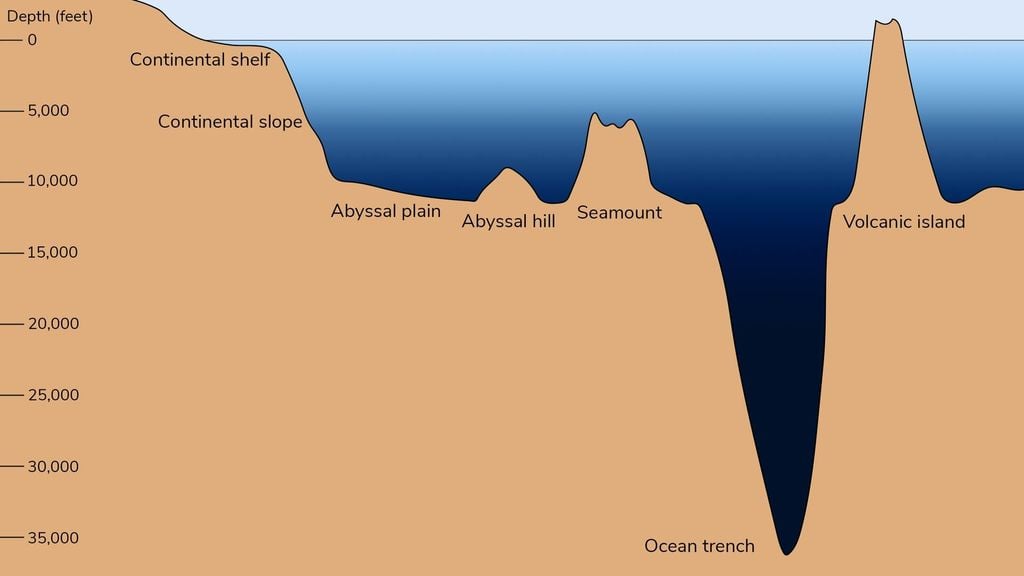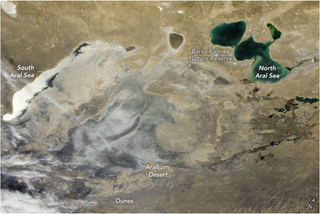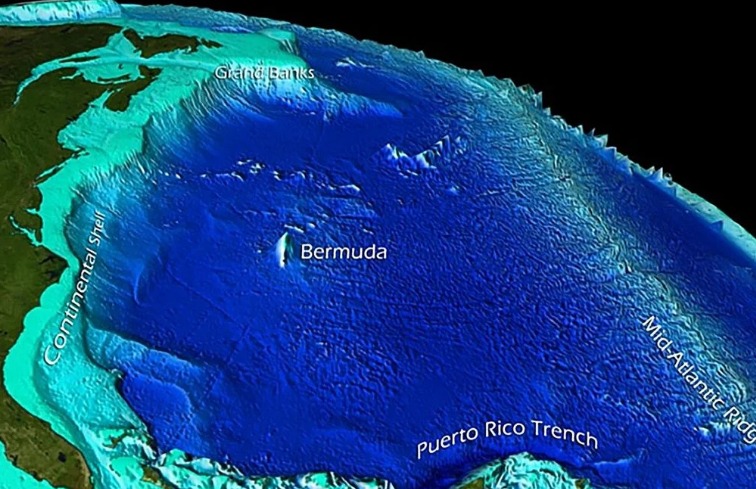The movement of carbon between the atmosphere, oceans and continents (the carbon cycle) is a fundamental process that regulates Earth’s climate.
Certain factors, such as volcanic eruptions or human activity, emit carbon dioxide into the atmosphere. Others, like forests and oceans, absorb this CO2. In a well-regulated system, the right amount of CO2 is emitted and absorbed to maintain a healthy climate. Carbon sequestration is one of the tactics used in the fight against climate change.
The shape and depth of the ocean floor: CO2 storage
A new study finds that the shape and depth of the ocean floor explains up to 50% of the changes in the depth at which carbon has been trapped in the ocean over the past 80 million years. Previously, these changes were attributed to other causes. Scientists have long known that the ocean, the largest carbon sink on Earth, directly controls the amount of atmospheric carbon dioxide. But until now, there was little understanding of how changes in seafloor topography over Earth’s history affect the ocean’s ability to sequester carbon.
This work is published in the journal Proceedings of the National Academy of Sciences.
“We were able to show, for the first time, that the shape and depth of the ocean floor play an important role in the long-term carbon cycle,” said Matthew Bogumil, lead author of the paper and doctoral student in environmental sciences. Earth, Planets and Space at UCLA.
The carbon cycle
The long-term carbon cycle has many moving parts, all operating on different timescales. One of these elements is seafloor bathymetry: the average depth and shape of the seafloor. This bathymetry in turn depends on the relative position of the continent and the oceans, sea level and the flow of the Earth’s mantle. Carbon cycle models calibrated with paleoclimate data sets provide the basis for scientists’ understanding of the global marine carbon cycle and how it responds to natural disturbances.
Twist? Simulations suggest dark matter isn’t exactly what we thought!

“Typically, models of the carbon cycle throughout Earth’s history consider seafloor bathymetry as a fixed or secondary factor,” said Tushar Mittal, co-author of the paper and professor of geosciences at the Pennsylvania State University.
The new research made it possible to reconstruct the bathymetry of the last 80 million years and link the data to a computer model that measures marine carbon sequestration.
The results showed that ocean alkalinity, calcite saturation state, and carbonate clearing depth were strongly dependent on changes in the shallow parts of the ocean floor (about 600 meters or less) and the how deeper marine regions (more than 1,000 meters) are distributed. These three measurements are fundamental to understanding how carbon is stored at the bottom of the ocean.

Chart showing various features of the ocean floor on a scale from 0 to 35,000 feet below sea level. Credit: NOAA Office of Education
Chart showing various features of the ocean floor on a scale from 0 to 35,000 feet below sea level. Credit: NOAA Office of Education
The researchers also found that for the current geological era, the Cenozoic, bathymetry alone accounted for between 33% and 50% of the observed variation in carbon sequestration and concluded that by ignoring bathymetric changes, researchers erroneously attribute changes in carbon sequestration to other, less certain factors, such as atmospheric CO2, water column temperature, and silicates and carbonates released into the ocean by rivers.
The lake that is transforming into Earth’s new desert – what is happening and where is it?

“Understanding important processes in the long-term carbon cycle better informs scientists working on marine carbon dioxide removal technologies to combat climate change today,” Bogumil said. “By studying what nature has done in the past, we can learn more about the potential outcomes and utility of marine sequestration in mitigating climate change.




